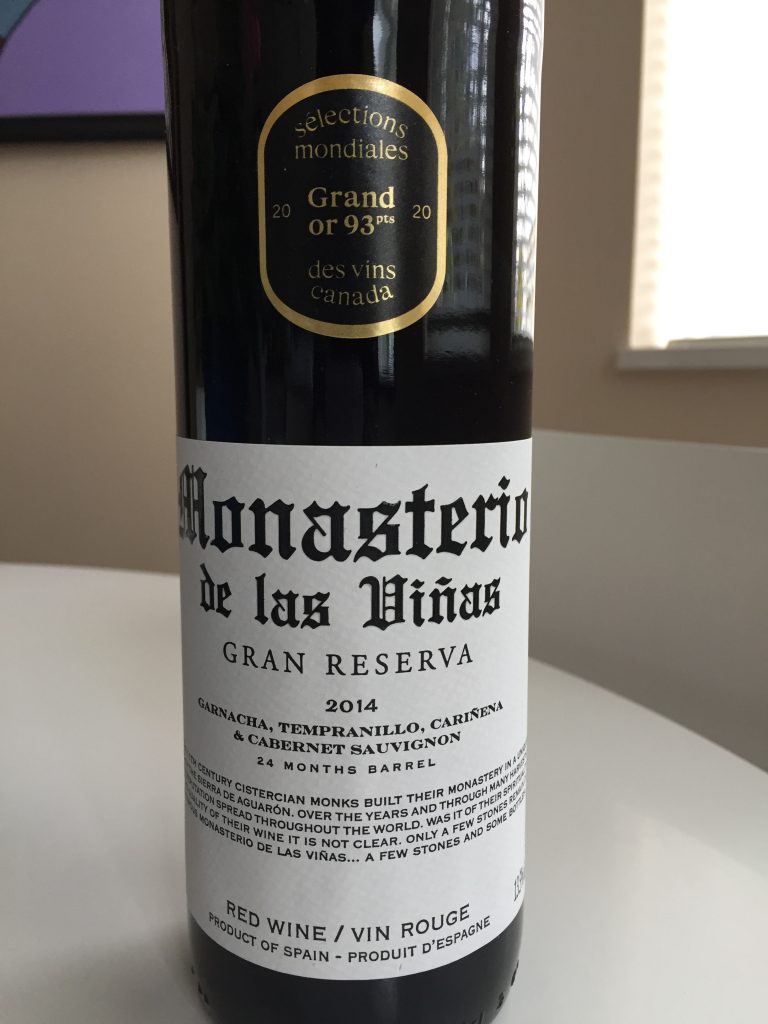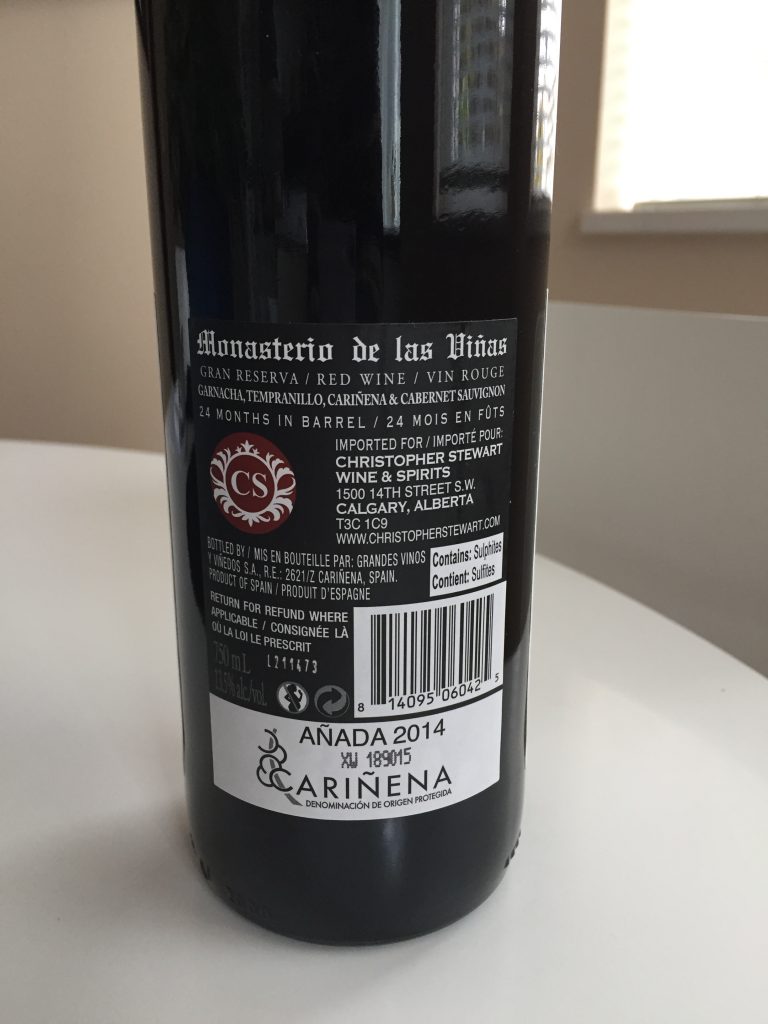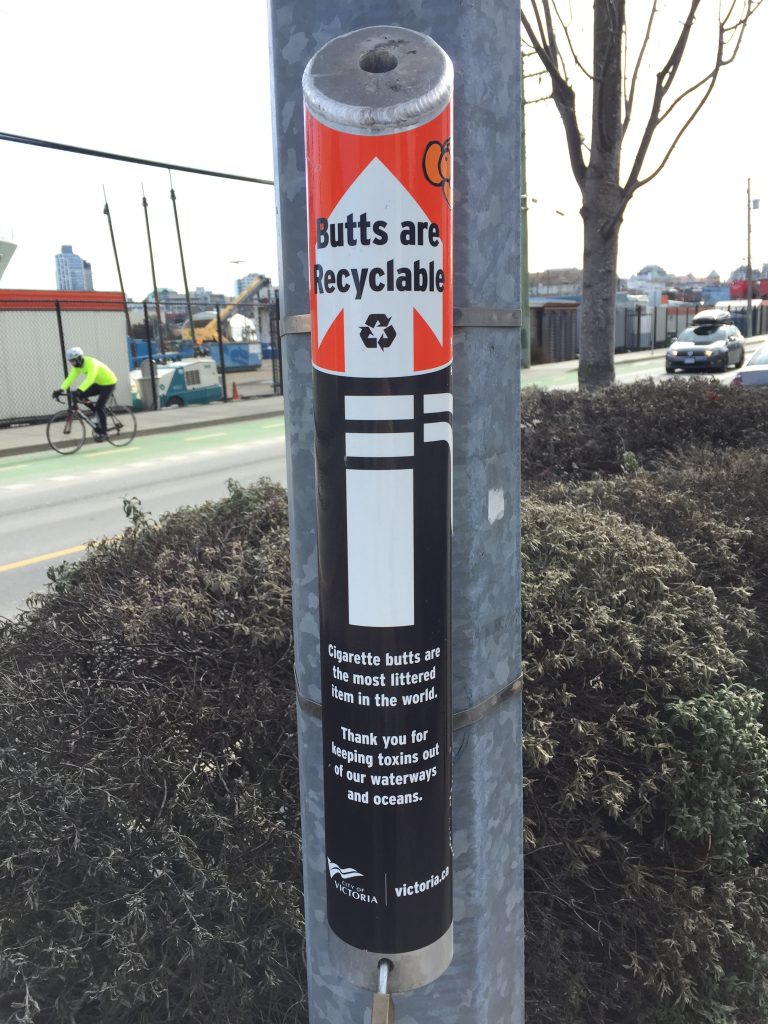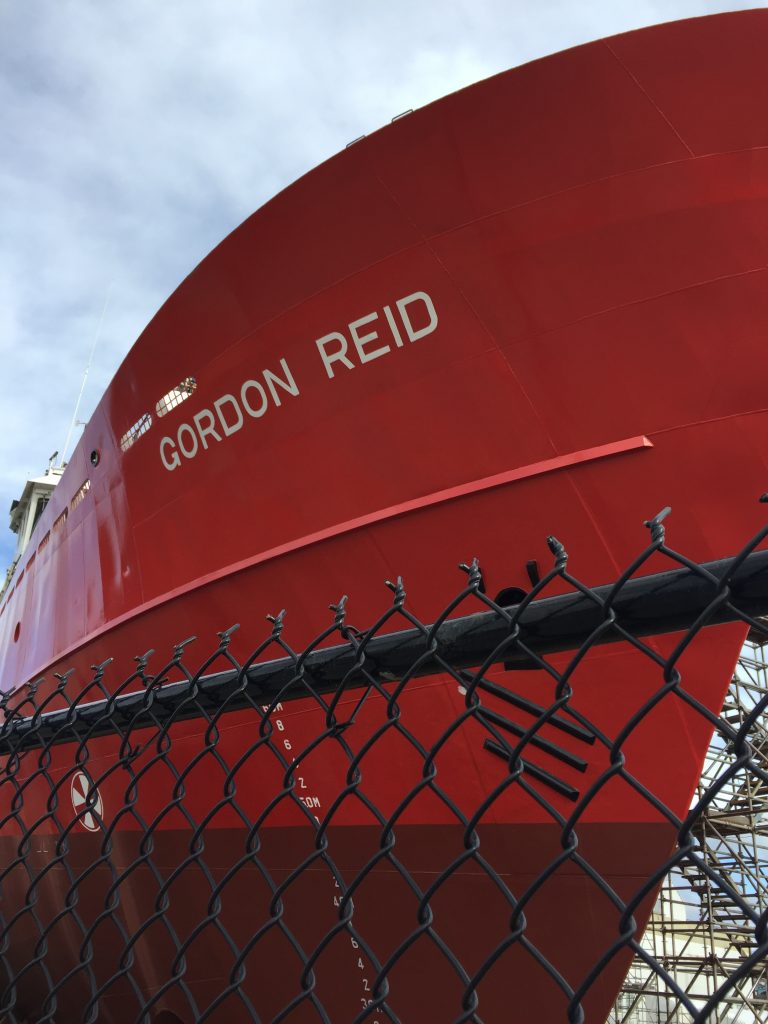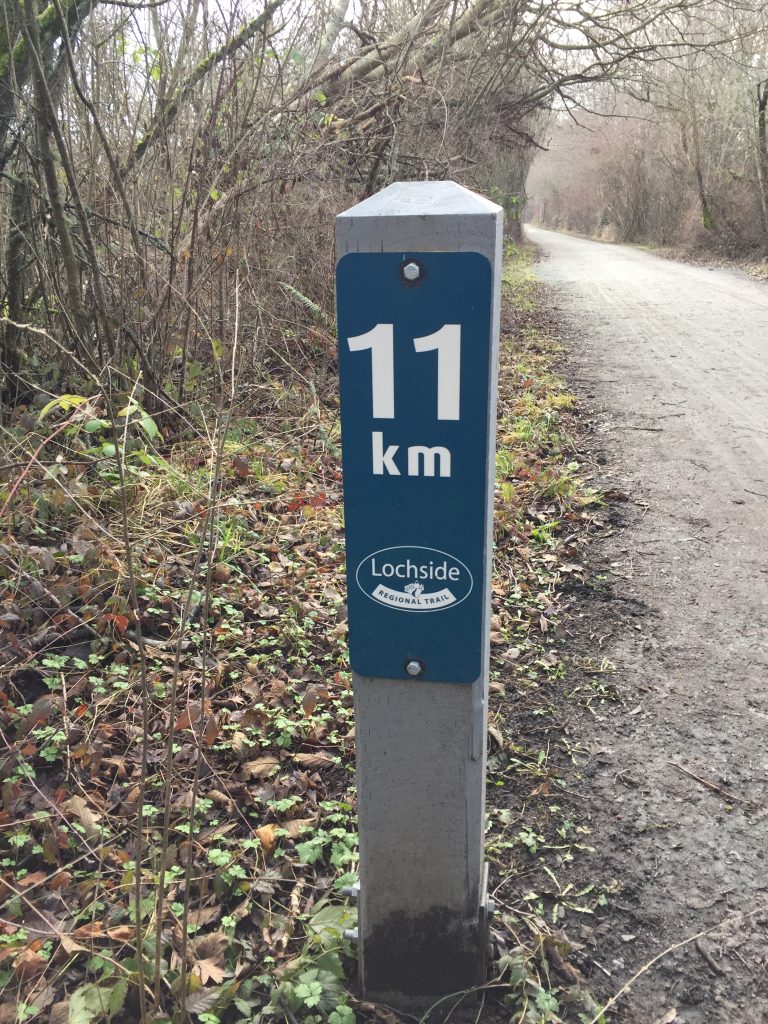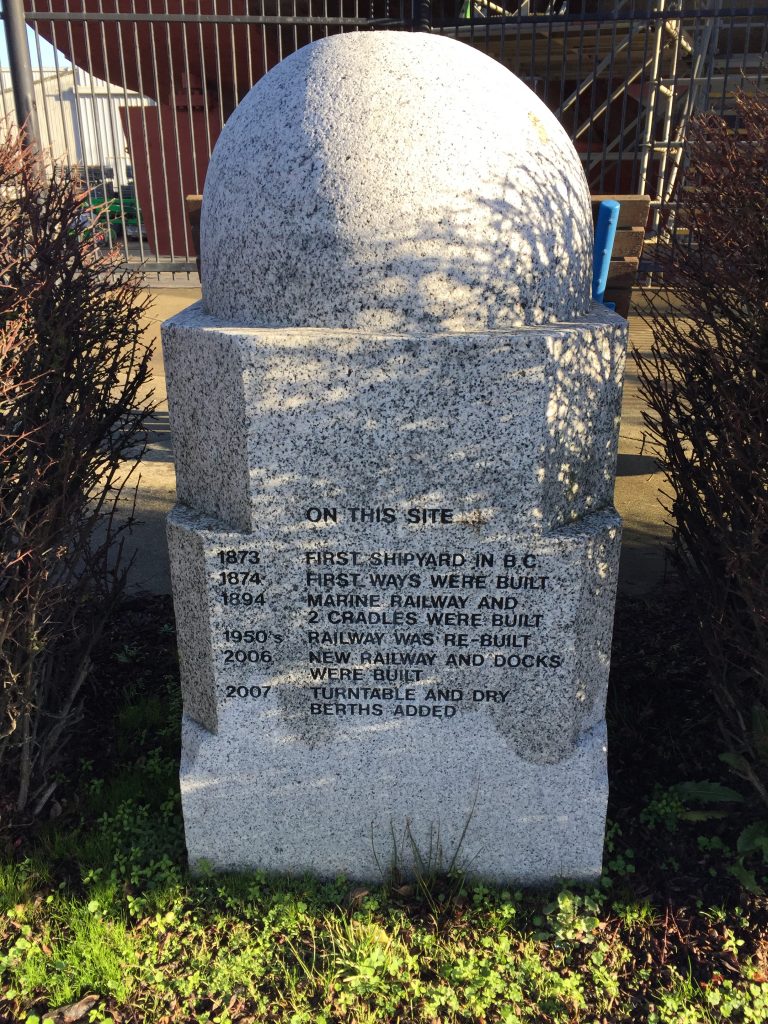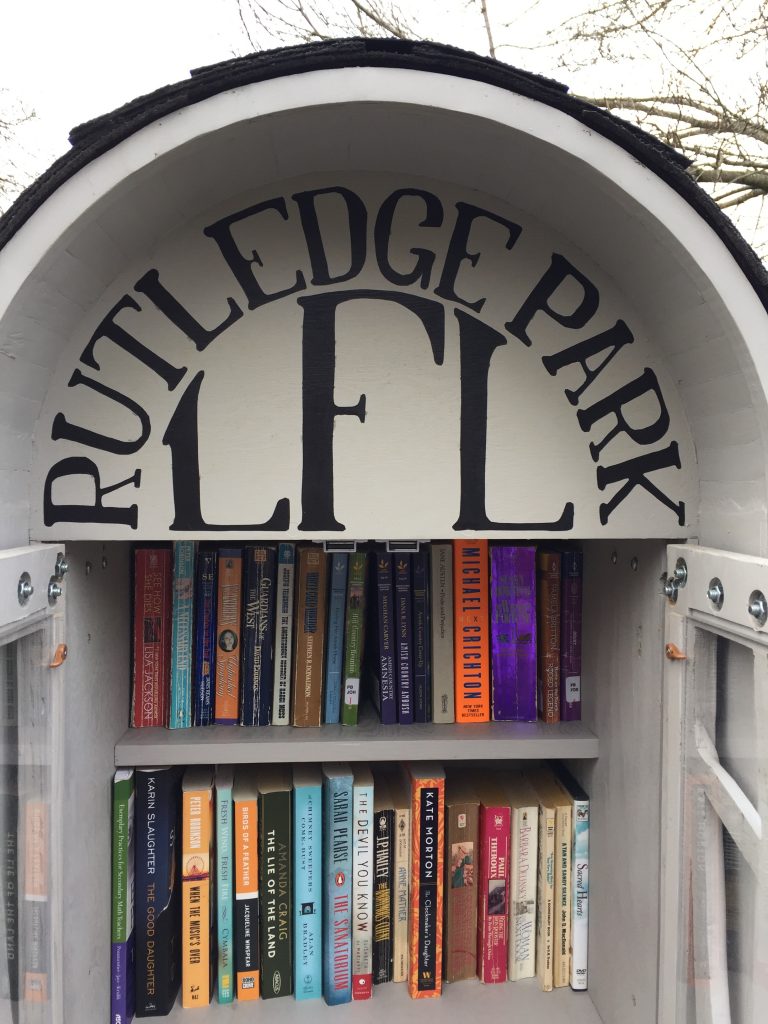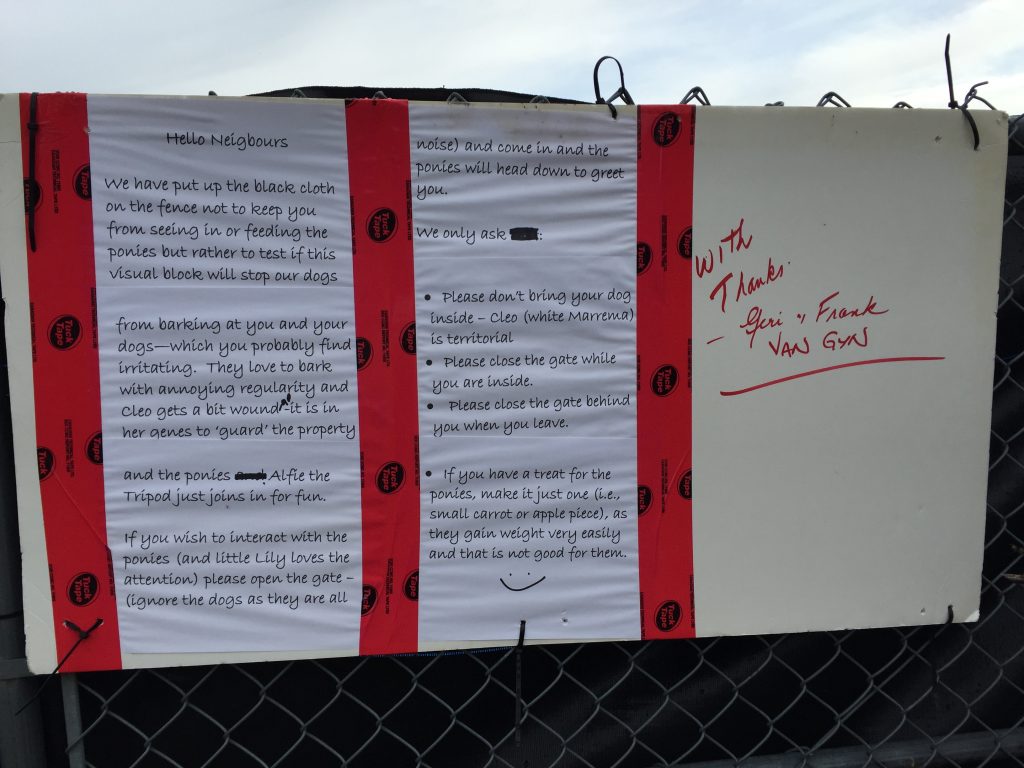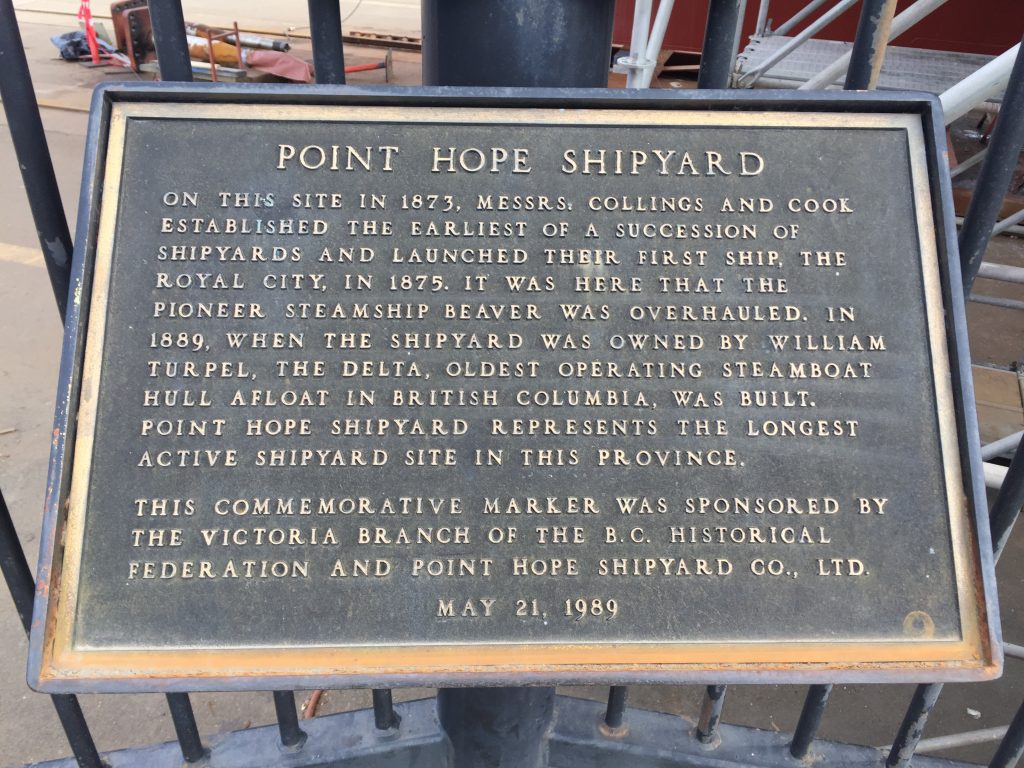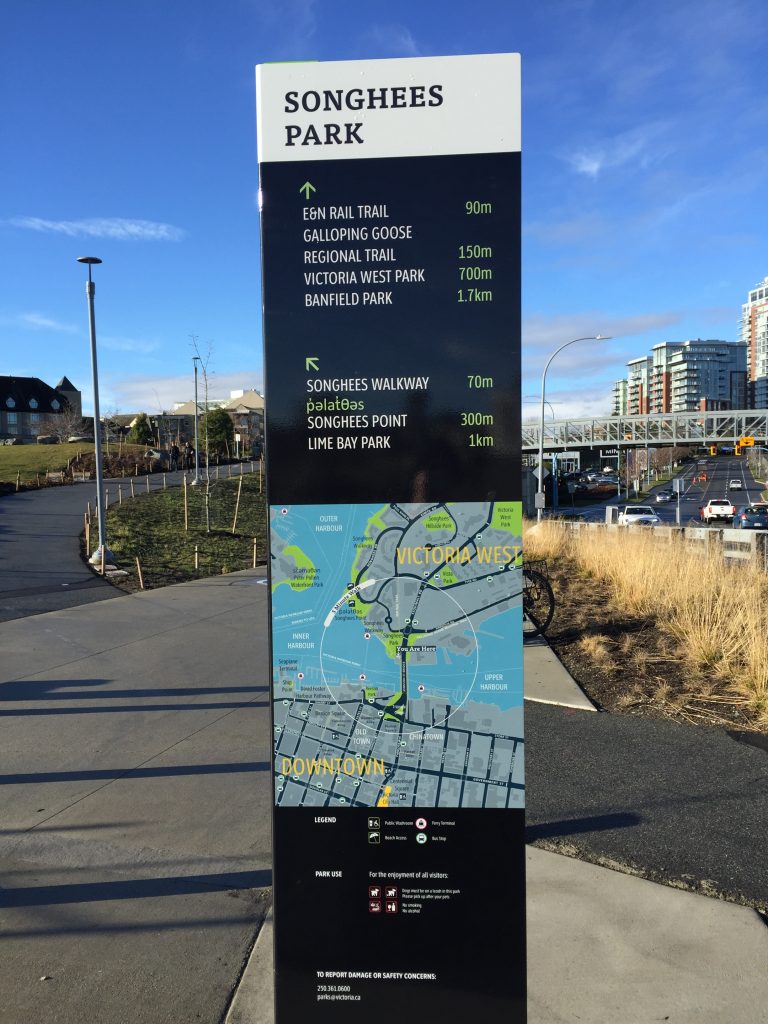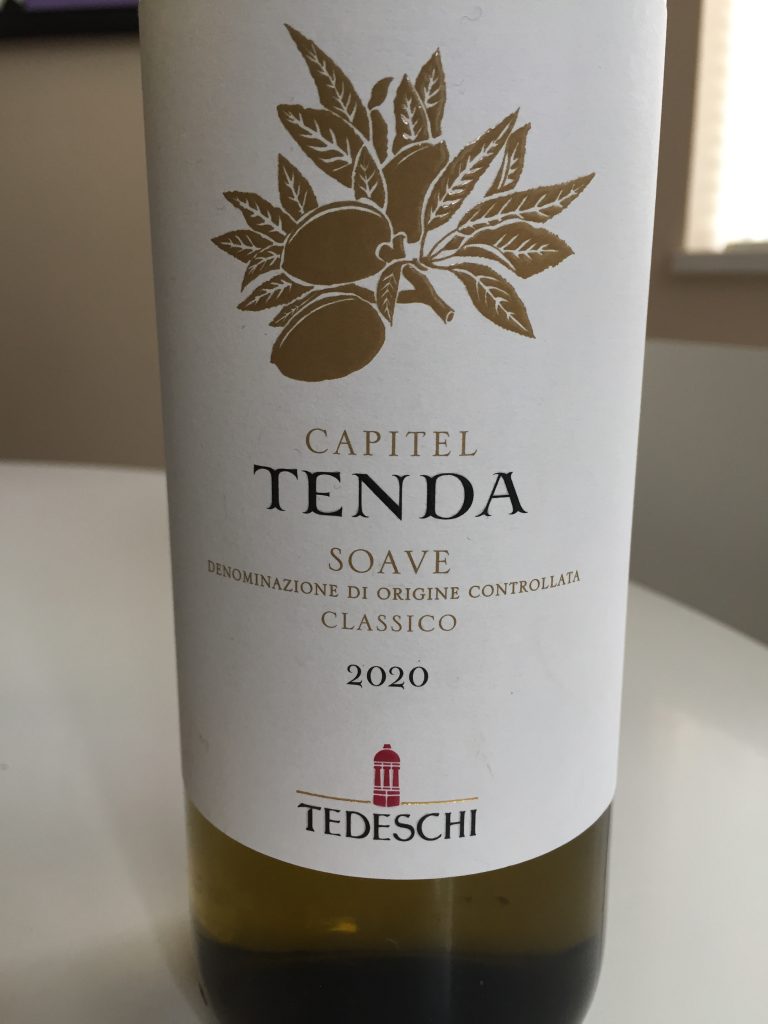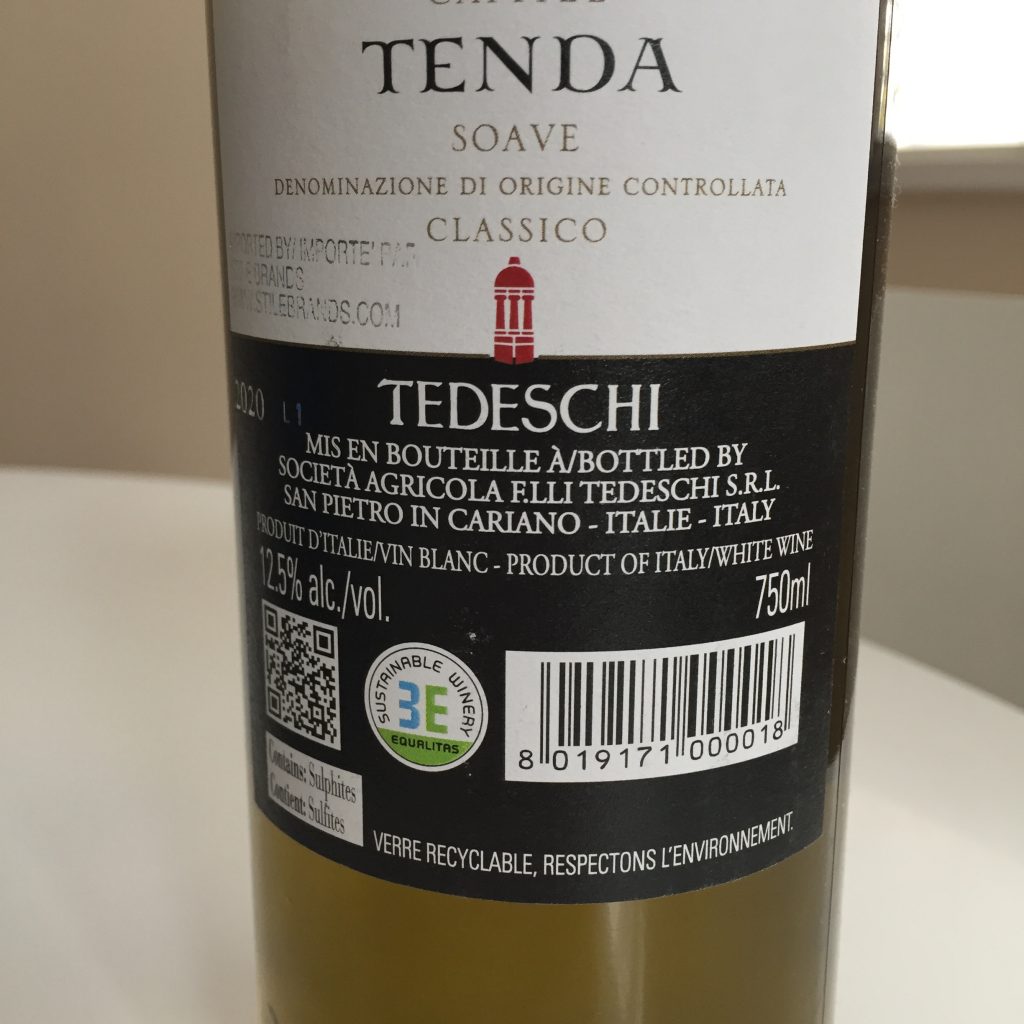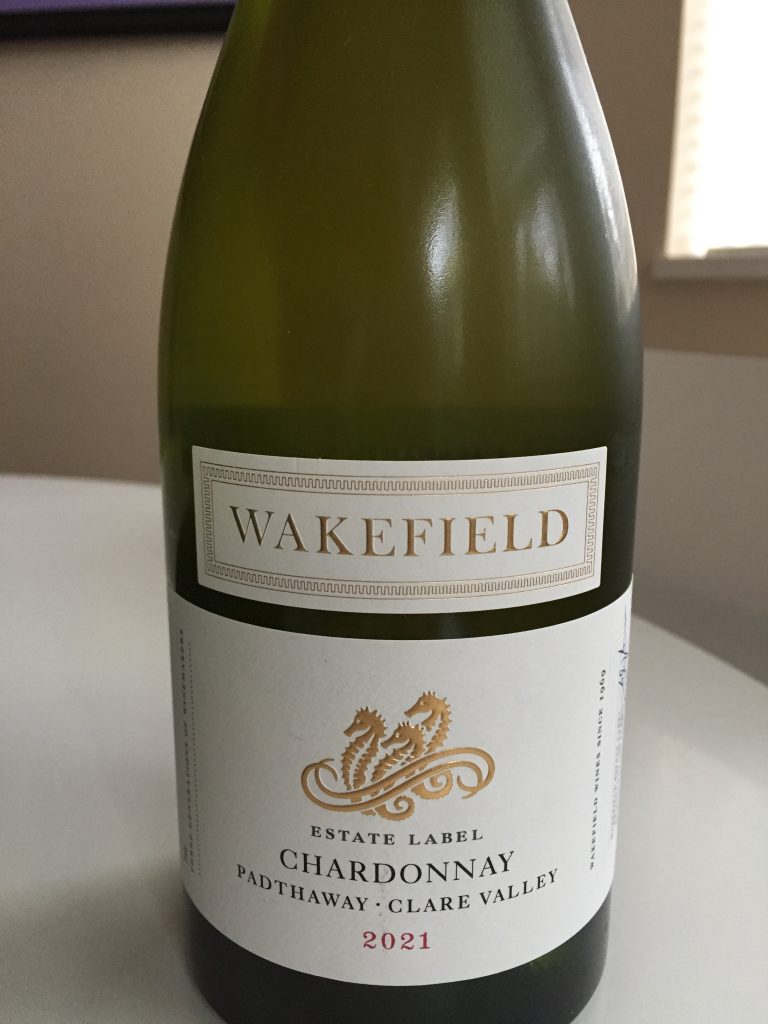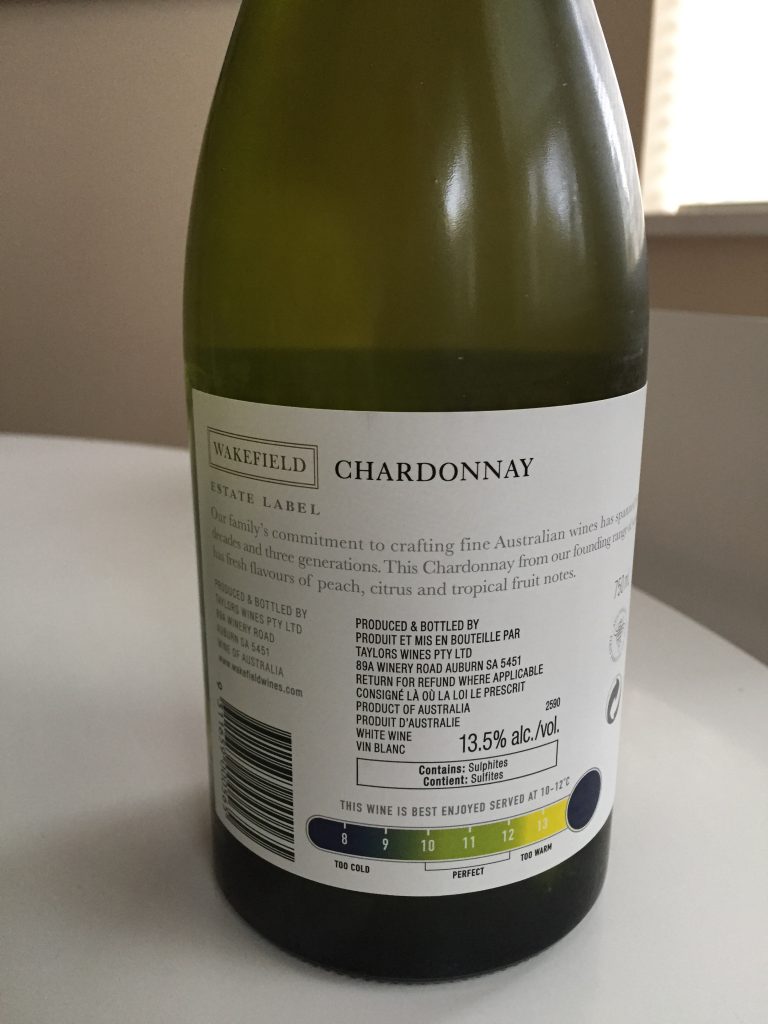Question: when your marriage counselor starts eating popcorn during your zoom session is that insulting or kinda flattering?
I’m not so sure about this daylight savings time thing. I give it six months.
Secret to a successful couples therapy is to send both the mothers-in-law to attend the sessions
Happy “my car clock is right again” day to all who celebrate.
I love when my husband says, “correct me if I’m wrong,” like I would pass up that opportunity.
When you have a newborn baby every day is daylight savings.
If my wife doesn’t like her haircut, does her hairdresser even know the emotional mess I’m left to clean up.
Very cool how I haven’t left my time zone in over two years and still somehow jet lag is imposed upon me twice a year by the curse of daylight savings time.
Car trips with my wife are great ‘cause I get to listen to 10 seconds each of 400 songs she hates.
For weeks after daylight savings I keep answering my moms favorite question “what time is it there?”
